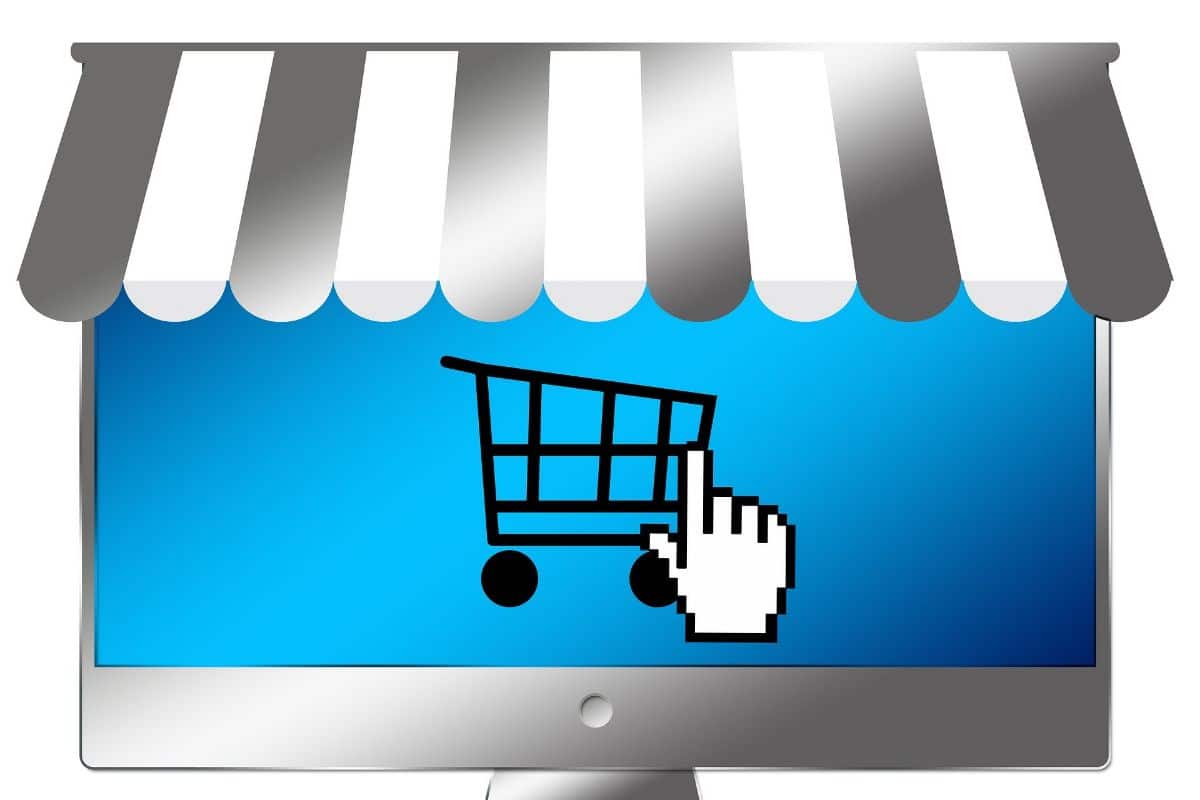
Ecommerce is the most popular and demanding business these days. Everyone knows about e-commerce and its benefits.
In addition, there are a large number of platforms for ecommerce website design like Magneto, Joomla, Drupal, etc.
These are 10 cool facts you may not know about e-commerce
Interesting facts about Ecommerce
- More than 67% of people love to buy through their mobile instead of their laptop, and other systems: everyone knows how to operate a mobile phone and use many applications.
- In early 2015, smartphone purchases accounted for 60% of all mobile sales.
- The largest number of online shopping in the world are from Asia and part and South Korea.
- Clothing and accessories sales are the fastest growing sector in e-commerce.
- 33% of all mobile transactions made worldwide are from the United States.
- 68% Canadians and Britons buy the product online outside their country of origin.
- This year (2017), mobile commerce will represent 24% of the global e-commerce market.
- 95% of Twitter users visit retail websites compared to other internet users - this means that all e-commerce businesses are concentrating and generating more followers on Twitter than others.
- Ecommerce is the fastest growing business - everyone knows it, because it helps customers save their time and effort.
- More and more shoppers prefer to see the product online rather than go to the store and see the product physically.
Data on electronic commerce in Spain

In each country, electronic commerce behaves differently. There are some countries in which the evolution of this has been greater, and are ahead of others; and on the contrary, countries where they have not yet evolved to the level of the largest. To give you an idea, it is known that the trends that happen in the United States, in Spain do not arrive until after a few years, which allows many to be on the alert to find those trends that are going to become fashionable and take advantage of that not yet they are to be the first.
That is why it is so important to know some data on electronic commerce in Spain to be aware of possible changes that may arise.
Currently, Spain is in the first positions of electronic commerce in Europe. It is not a bad fact, especially considering that in recent years electronic commerce has increased. More and more people are opting for online shopping instead of going to stores to look for products. If we also take into account that there is a lot of variety and the Internet, the offer is very wide, being able to find practically everything (if not everything) through electronic commerce.
Online purchases that have been in the making for a long time

Despite the fact that many have launched and are discovering today what e-commerce is, the good and the bad of buying online, and the possibilities it offers you, the truth is that, according to the data that is shuffled, already the 64% of Spaniards had been buying online since before 2012, a figure that is undoubtedly increasing little by little. Note that Children and adolescents are increasingly familiar with new technologies, which implies that for them an online store is nothing new, but a way to get what they want without having to leave home.
Of course, a little more than half of 100% consult before in opinion forums, blogs, etc. looking for those buyers who have those products to see if they are good or if it is better to pass them. The same goes for brand reputation online. When a store is not well known, most people search the Internet for reviews of it, especially when the prices it offers are too cheap to be true.
Another fact to take into account is the type of products and services that are purchased online. Until a few years ago, travel, tickets, and telecommunications topped the list; however, now leisure and entertainment products, technology and even clothing are booming.
The preferred payment method in Spain
Regarding the payment method, although in 2014 the prevalence was the use of PayPal, now things have changed. More and more people are opting for the credit card. Why the change? It is understandable. At first, e-commerce was seen as a way to "scam" in some cases. Many did not trust giving personal data, much less banking, and the use of PayPal, where you only had to give the email, and you also had a company that, if after two months you did not receive the product, it was of poor quality or it did not convince you, you had your refund without worrying about anything else.
Now, it is not that we can say that the use of the bank card is safer, because we can make purchases and not obtain those products, but users increasingly use it for their purchases. In addition, it must be taken into account that many e-businesses do not offer variety in payment methods. This is why when it comes to buying from unfamiliar sites, people often seek opinions if there is no possibility of paying with some type of insurance.
The boom in "discount days"

Cyber Monday, Black Friday, Amazon week ... what do they sound like to you? They are events, both national and international, in which 'offers' are obtained. Users are increasingly aware of those times when they can get great bargains.
But as the ad for a mythical 'red' company says: "we are not stupid." Users are smarter, and the fact that a product is put on sale does not mean that they are going to buy it without first looking if it really is an offer.
How do they do that? Through statistics pages that offer the evolution of the prices of almost any product. In this way, the user can see if what he wants on those key days is really on sale or if the price has been increased days or weeks before to put it at the one it was before that event.
This creates discomfort. It is not the same when you went on sale and you did not know for sure if they had lowered it or what they had done was raise the price. But now those "traps" of salespeople can be caught, which affects the reputation of the brand.
The culture of e-commerce is changing
It is not only changing. Becomes. It is becoming more and more common to use the mobile instead of waiting to be at a computer to buy online. Mobile phones have become an extension of the human being. And shopping, easier, and "just one click", are They are tempting and work in favor of the sellers because they are within the reach of the "impulses."
For example, imagine that you are walking down the street and you see a person with headphones. You liked them, you look for them and you find a store. That "need" to have them, even when you don't really need them, makes the purchase immediate, without having to wait to get home, or have a computer to do it. Only those who look too hard at prices are kept in check (and yet they often "sin" often.
Since it was made the first sale on the internet, which by the way was a Sting record (specifically, Ten Summoner's Tales), followed by a pizza at PizzaHut, many years have passed. The evolution expected by the experts is that e-commerce is moving towards mobile phones. Social networks, second-hand eCommerces, etc. they are also a point to follow and take into account. The former because they bring this "store" closer to a greater number of users; and the second because in times of crisis, many seek to sell or pawn.
That the pandemic has changed the way we consume is undeniable, therefore, we must know how to adapt, especially e-commerce. You have to take care of all the details, from the web to the packaging for eCommerce.